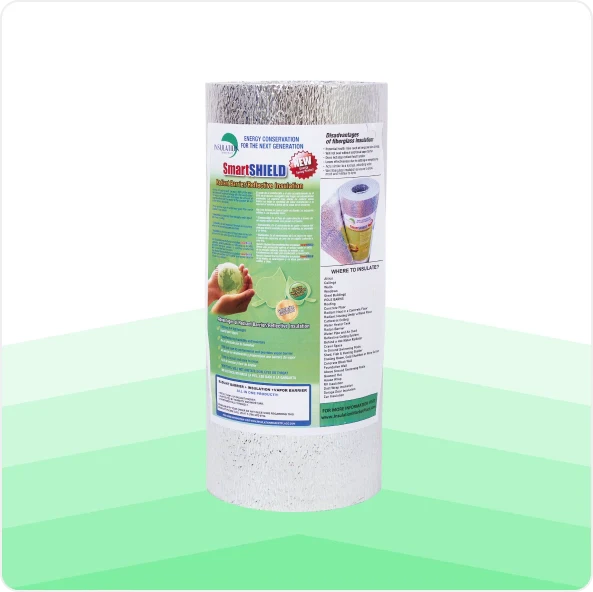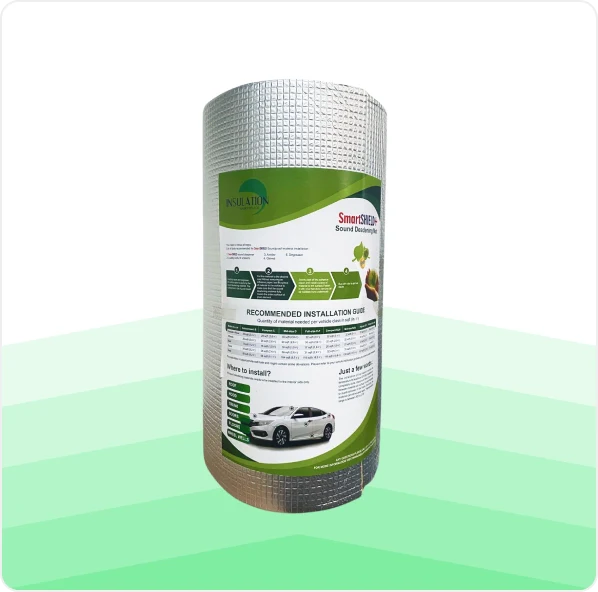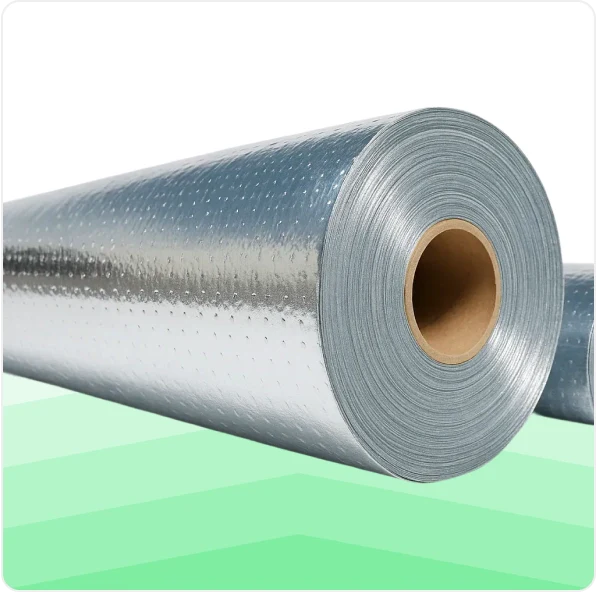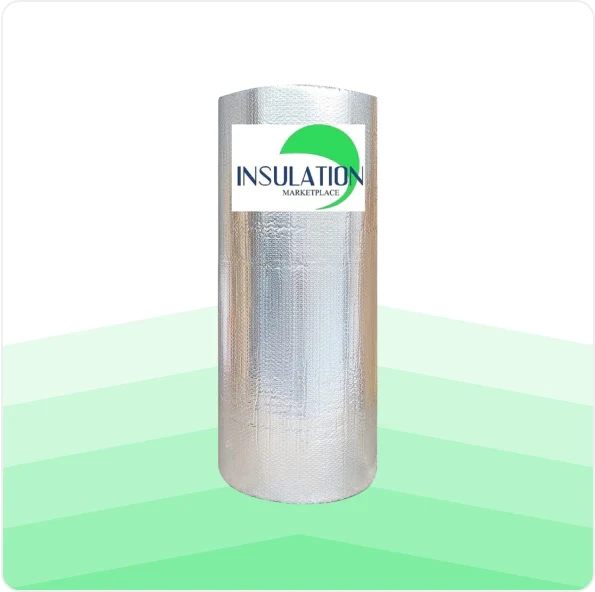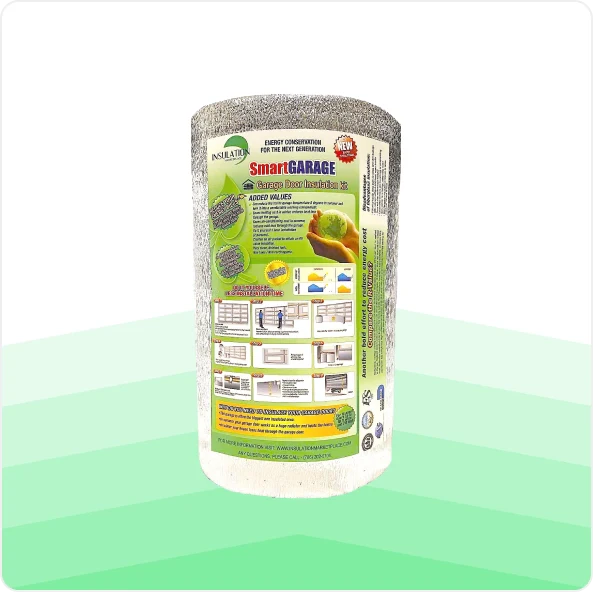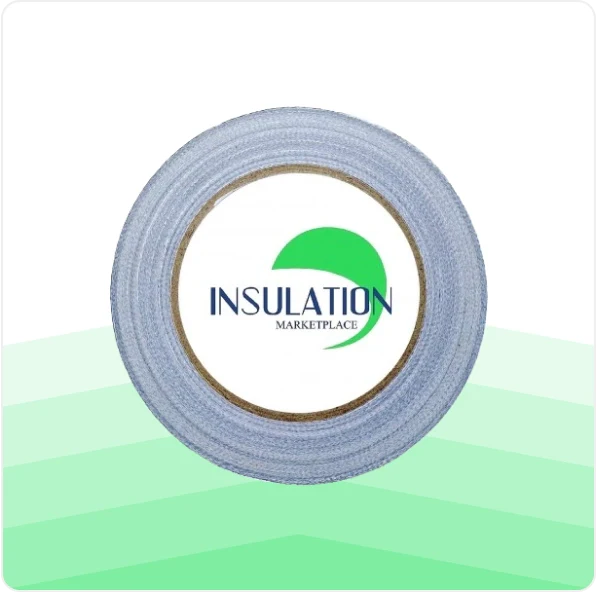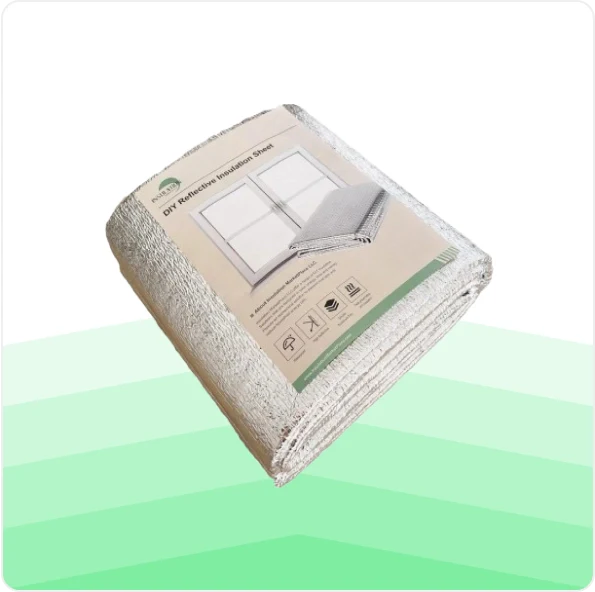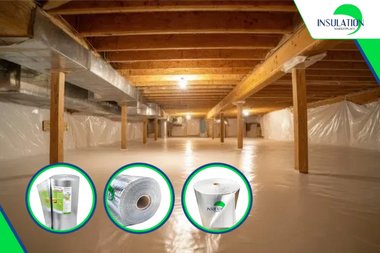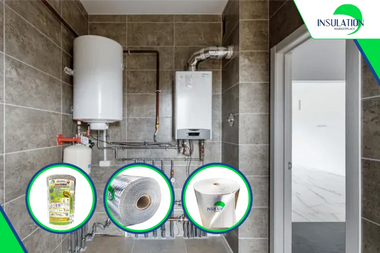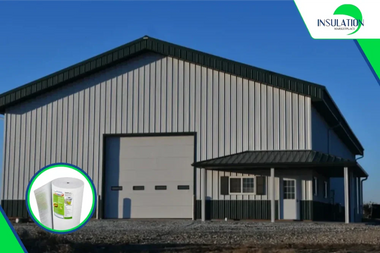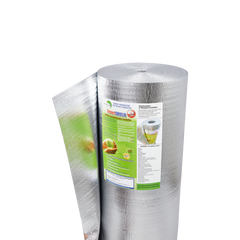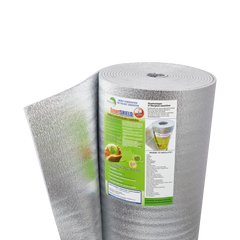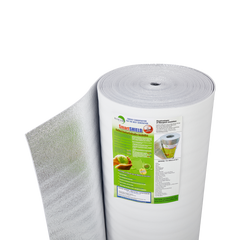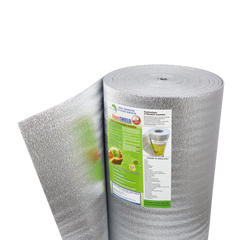As the cost of energy is increasing, maintaining your heating and cooling system in good condition is crucial. High electricity bills and air leaks from poorly insulated ducts are big headaches for you and many other homeowners. To make it worse, a loud HVAC can be a real nuisance to your family.
That's the main reason why spiral ducts have become so widely used: they're durable, look clean, and improve how air moves through them. But, does spiral duct need to be insulated? This guideline will assist you in deciding whether spiral duct insulation is required or not, and our top picks for the best results. Follow our tips, and you will make an informed decision that enhances the comfort of your home while saving money.
What Is a Spiral Duct?
A spiral duct is a ductwork made of galvanized steel, aluminum, or stainless steel. It’s characterized by high pressure in a strong and cylindrical shape, and its continuous spiral seam construction is designed to last decades.
These ducts are common in modern residential homes where there are open ceilings, as well as in different business arrangements such as warehouses, gyms, and industrial facilities. Spiral ductwork offers superior structural strength to traditional rectangular ducting, less pressure reduction, and a lower leak rate. Spiral ducting is now a preferred ducting in many projects by HVAC designers thanks to its durability and efficiency.
What You Need to Know About Spiral Duct Insulation
Insulation is what determines whether your spiral duct will truly perform at its best. Without it, you risk energy waste, comfort issues, and system strain. Let’s answer two common questions.
Does an Exposed Spiral Duct Need to Be Insulated?
Yes. Exposed ducts often run into trouble with heat loss and condensation, especially in humid or unconditioned spaces. The good news is proper insulation really helps – it reduces noise, prevents moisture buildup, and makes your system work more efficiently.
Plus, in many situations, insulating your ducts isn't just a good idea, it's actually required by energy codes like ASHRAE 90.1 and the IECC (International Energy Conservation Code). Specifically, insulation is recommended for:
- Supply ducts running through attics, basements, garages, or crawlspaces
- Systems operating in high-humidity zones where “duct sweating” could occur
- Any duct exposed to temperature swings that would otherwise strain HVAC output

Which Ducts Are Not Required to Be Sealed and Insulated?
Not every duct needs added protection. For instance:
- Ducts located entirely in conditioned spaces may not require extra insulation.
- Return air ducts carrying air already at room temperature often fall under IECC exemptions.
- Pre-insulated dual-wall and spiral ducts offer natural protection against temperature fluctuations and noise.
Understanding the dos and don’ts when insulating your spiral ducts will ensure you align with code compliance while saving you from overspending your budget.
Types of Spiral Duct Insulation
While there are various ways to insulate ducts, wrapping them from the outside is one of the most effective methods. Both professionals and homeowners love our top insulation options like SmartSHIELD or SmartFOIL. They're great, simple, affordable, versatile in many situations, and perfect for DIYers or experts.
SmartSHIELD Foam Core Insulation Wrap
SmartSHIELD Foam Core Insulation Wrap effectively reduces heat transfer and is easy to install, perfect for insulating spiral duct.

- Reflects up to 97% of radiant heat
- Constructed with 99% aluminum foil and closed-cell polyethylene foam
- Protects against both radiation and conduction
- Perfect for attics, garages, basements, and crawlspaces
- Lightweight and easy to cut, making it ideal for DIY installation
SmartBUBBLE Reflective Insulation Wrap
SmartBUBBLE Reflective Insulation Wrap features a dual-layer design that blocks heat transfer while being flexible enough for irregular shapes.

- Features a dual-layer reflective foil with an air-bubble center
- Blocks radiant and conductive heat transfer
- Offers moisture and vapor resistance
- Easy to wrap around irregular or curved ducts.
- Lightweight, mold- and mildew-resistant for long-lasting performance.
SmartFOIL Radiant Barrier Wrap
SmartFOIL Radiant Barrier Wrap reflects heat effectively and is ideal for warm climates, with safety standards for fire safety.

- Ultra-lightweight, single-layer aluminum barrier
- Reflects 97% of radiant heat
- Best for hot climates and top-layer shielding
- Suitable for attics, barns, sheds, and garages
- Class 1/Class A fire-rated for safety compliance
Highlight: SmartSHIELD, SmartBUBBLE, and SmartFOIL are high-performance solutions, certified in the USA, designed to keep you comfortable all year long while also helping you save on energy costs. They're engineered to make insulating your ductwork simple, quick, and budget-friendly.
What Happens If You Skip Insulation?
Overlooking insulation can lead to various troublesome and costly issues. Here are some common issues:
- Summer heat and winter heat losses lead to increased energy expenses
- Problems such as mold, mildew, and even damage to your ceiling may occur due to moisture condensation
- Increased noise levels as air moves through bare metal
- Uneven temperatures across rooms and floors
- Reduced HVAC efficiency and shortened equipment lifespan
Does spiral duct need to be insulated? The answer is Yes. Leaving spiral ductwork uninsulated can have costly consequences.
Spiral Duct Insulation Tips
If you decide to insulate your spiral ducts, keep these expert tips in mind to protect your HVAC investment:
- Always insulate supply ducts in unconditioned areas
- Even dual-wall ducts should be checked for insulation integrity over time
- Reflective insulation products are effective in both summer and winter
- Consider SmartSHIELD, which reflects 97% radiant energy and works year-round
Does Spiral Duct Need to Be Insulated? Here’s What You Should Consider
So, does spiral duct need to be insulated? Yes, especially necessary when spiral ducts are in unheated or unfinished positions. Insulation maximizes your system efficiency as it lowers the amount of heat lost or gained and undesired condensation.
Always evaluate the environment your duct passes through to decide the right approach. If you're a contractor or a homeowner looking for trustworthy and easy-to-apply solutions, Insulation MarketPlace offers excellent options like SmartSHIELD, SmartBUBBLE, and SmartFOIL.
Need help choosing the right spiral duct insulation wrap? Go with Insulation MarketPlace for products that deliver long-lasting comfort and reliable performance.

